#Development
Stellantis Developing 'Virtual Cockpit' With BlackBerry
Stellantis will be working with BlackBerry on a new virtual cockpit they believe will allow for faster development and lower production costs. The system, which is part of the company’s Virtual Engineering Workbench, is designed to replicate automotive controls using Amazon Web Services’ data cloud and is supposed to reduce development turnaround cycles by “up to 100 times.” The stated goal is to ensure new infotainment tech is created and then pushed to the public quickly and efficiently.
Lamborghini Developing Active Camber And Toe System
Lamborghini is working on a novel automotive technology that would allow vehicles’ to adjust camber and toe settings while moving. It’s something that the brand’s corporate parent, Volkswagen Group, has been struggling with for a while. But the potential benefits could result in major performance advantages and redefine how future suspension systems function.
Is the Apple Car Still Coming?
It’s been coming for years and is rumored to turn the automotive world upside down. But the all-electric Apple Car has failed to manifest. We’ve covered the many hardships endured by the code-named Project Titan, which supposedly employed 5,000 people and was rumored to have roped in Volkswagen. But that was in 2018, years after the vehicle’s development cycle had begun and allegedly changed from a pod-like autonomous car built by Magna International to a corporate shuttle based on the VW Transporter.
The story of Apple’s EV has changed so many times over the years that it’s getting hard to believe that we will ever see it. But the latest from the corporate press suggests that it’s still coming.
China’s GAC Debuts Ammonia-Powered Car Engine
With the automotive industry now keen on propulsion systems that don’t emit a lot of carbon, we’ve seen decades of manufacturers toying with alternative fuels. Corn-based ethanol was big for a while and the Germans have recently shown a renewed interest in carbon monoxide and hydrogen-based synthetic fuel stemming from the gasification of coal, biomass, and/or methane.
Meanwhile, China’s state-owned Guangzhou Automobile Group Company (GAC) has announced it had developed an engine powered by ammonia with help from Toyota Motor Corporation during its annual technology showcase.
Toyota Testing Prototype EV With Faux Manual Transmission
Toyota chairman Akio Toyoda recently discussed a sporting EV prototype the company has been working on, noting that the model has the simulated manual transmission that’s been the subject of much controversy. Many have claimed a stick-shift electric wouldn’t happen, as it would add cost and needless amounts of complexity for a brand that’s traditionally been averse to both concepts.
However, the brand seems to be running with the concept. Lexus had already toyed with the idea and Akio is now praising the unit that’s been equipped with the Toyota-branded prototype.
Toyota Makes Big Claims About EV Development Scheme
While Toyota Motor Corp is known for casting a wide net and acting cautiously, it recently made some fairly lofty statements about its strategy regarding all-electric vehicles. Despite the brand offering the humble bZ4X as its singular EV on the North American market, Toyota is suggesting subsequent models driving ranges that model would envy.
Why Do Japanese Automakers Like Hydrogen Power?
Honda, Suzuki, Kawasaki, and Yamaha have just collectively promised to develop a slew of hydrogen-reliant engines designed to power small vehicles. While this is supposed to encompass construction equipment, small boats, airborne drones, and even motorcycles, the scheme doesn’t seem to focus on automobiles. However, Japanese automakers have already been working on hydrogen fuel cell vehicles for years and Toyota Chairman Akio Toyoda has even been championing the development of hydrogen-burning motors for some of the brand's racing applications.
It’s largely counter to what the rest of the world is doing and begs the question of why Japan seems so intent on making hydrogen power work. What exactly makes the scheme so appealing to the island nation?
Report: Michelin Airless Tires See Alleged Breakthrough
Airless tires are one of those concepts that have been around forever (we used to call them wagon wheels) but never seem to be able to achieve a technological breakthrough that would make them preferable to what’s already on the market. However, Michelin just managed to produce a set it says has been tested at 130 mph that it believes could be ideal for law-enforcement applications.
Place Your Bets: Mercedes Suggests Level 4 Automated Driving By 2030
Remember a few years ago when just about every automaker was promising that self-driving would become publicly available by 2020? Well, they’re hoping you didn’t because a few of them are starting to issue new claims that vehicular autonomy is once again less than a decade away.
While “hands-free” driving systems that require you to remain constantly vigilant (in case you need to take over) have become the new hotness, Mercedes-Benz said it’s planning on selling a version that will qualify as truly self-driving by 2030. But there are caveats to that claim pertaining to specific traffic conditions – meaning it’s still not actually going to be SAE Level 5.
Report: Nissan Says Solid State Batteries Coming By 2028
Nissan is reportedly on track to have its very first solid-state battery production plant up and running by 2025, with vehicles leveraging the technology by 2028. While these units are supposed to offer increased range and decreased charging times, improving EV ownership, they also have some shortcomings engineering teams have yet to address. However, this hasn’t stopped a majority of manufacturers from pursuing the technology in the hopes of gaining an advantage over the competition as everyone attempts to transition toward all-electric lineups.
N Day: Hyundai Reveals N Vision 74 And RN22e, Ioniq 5 N Debuts In 2023
The 21st century has been particularly kind to the Hyundai Motor Company, though this was hardly a matter of chance. Originally known in the West for providing bargain automobiles that were surprisingly competent, it wasn’t long before the South Korean brand was giving Japanese mainstays stiff competition. By the early 2000s, Hyundai was working hard to differentiate itself from the recently acquired Kia and opted to make its products more luxurious and saw massive gains in the U.S. market that have more-or-less continued until today.
Volkswagen Board Displeased With Current Software Situation
Last week, Volkswagen’s supervisory board reportedly told management that it needed to work on improving the company’s software division. Though that should hardly be surprising considering how often digital glitches have delayed product launches and forced the automaker to issue sweeping recalls.
Software gremlins stymied the launch of numerous ID-badged EVs, the Mk8 Golf, and a handful of other vehicles from VW Group’s many subsidiaries. But the issues have persisted, with customers citing electrical troubles and noting that the automaker’s novel touchscreen interfaces are brutally unresponsive. Some of the problems were deemed so heinous that the company eventually recalled literally every current-generation Golf sold within its native Germany. But it’s going to have to do a lot more if it’s serious about leveraging computer code as the cornerstone of an evolving business model and the board of directors seems keenly aware of that fact.
Mercedes to Focus on Premium Luxury Vehicles Again
Mercedes-Benz has said it will cut back its entry-level offers to better prioritize premium vehicles with loftier margins. While this strategy has become relatively uncommon throughout the industry, even among some mainstream brands, Mercedes has historically been synonymous with high-end luxury cars. One wonders why it bothered chasing volume to begin with, especially since it doesn’t seem to have panned out for the company.
While executives had previously hinted at its revised strategy in interviews, Mercedes officially unveiled its plan to investors on Thursday. The German brand will focus investments on top-of-the-heap models like the S-Class at the expense of entry-level products that have failed to garner juicy profits.
Nissan Developing Nismo Performance EVs
Nissan has coyly been suggesting that it might someday furnish electrified performance models ever since it released Nismo-badged examples of the humble Leaf for the Japanese market. This was followed by the 2020 Leaf Nismo RC, which served as an experiment to see what would happen if you added a bunch of electric motors in a bid to make the model genuinely fast on a race track.
With the automaker set to deliver 15 new EVs by 2030, there’s been some speculation about how many will boast sporting aspirations. But it looks as though a few might know that Nissan has confirmed its developing Nismo-branded performance electrics for the global market.
Mazda Says Rear-Drive Mazda6 Replacement Isn't Happening
When Mazda announced it would be discontinuing the midsize Mazda6 sedan for the U.S. market, some were crestfallen. With the industry having spent the better part of a decade moving away from the body style to support models they could associate with higher price tags, there’s been a deficit of good sedans of late. But a seed of hope was left intact when the company announced it would be pulling the Mazda 6 from our market.
You see, the company had long been teasing a rear-drive variant utilizing a powerful inline-six motor. Mazda was also going upmarket, indicating the possibility of the model returning to do battle with midsized German products with a higher price tag. But it’s looking like the concept is going into the trash bin along with Mazda’s suggestion of bringing back RX performance vehicles and creating rotary range extenders for EVs.
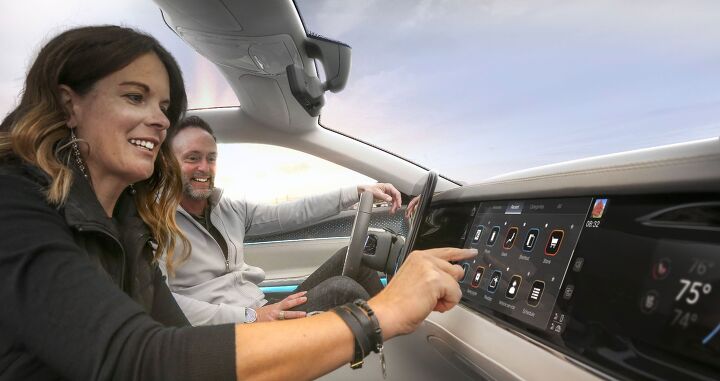
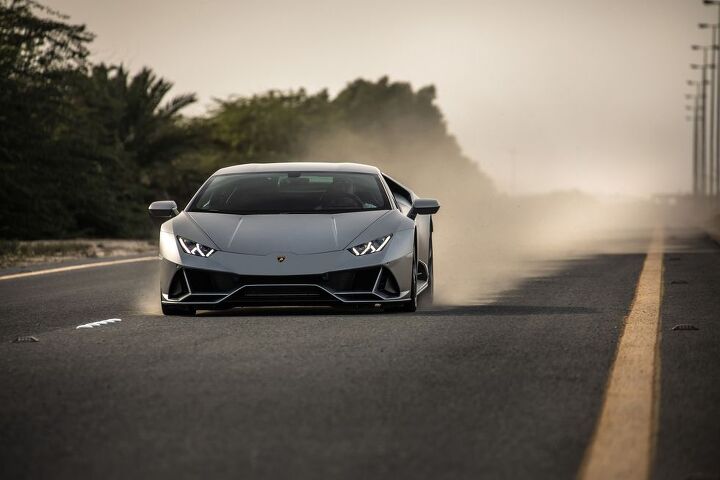


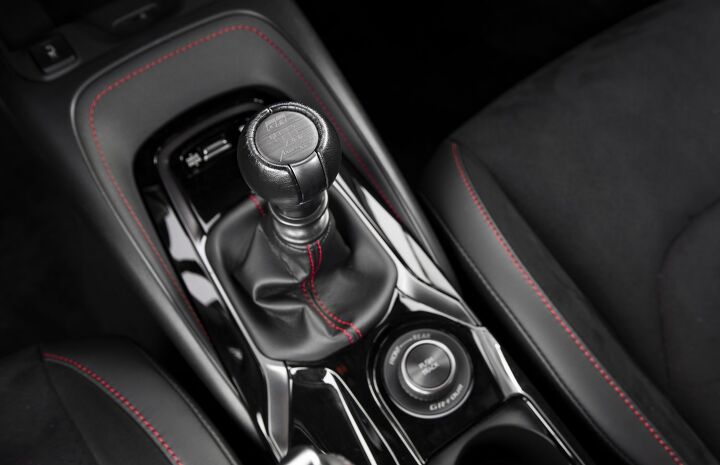

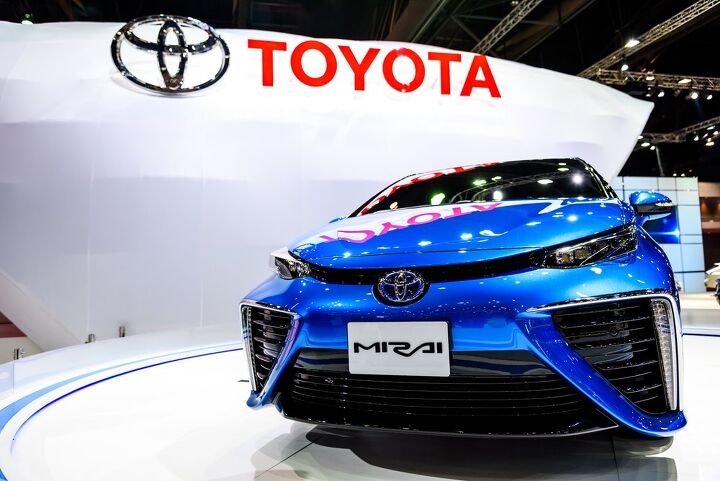
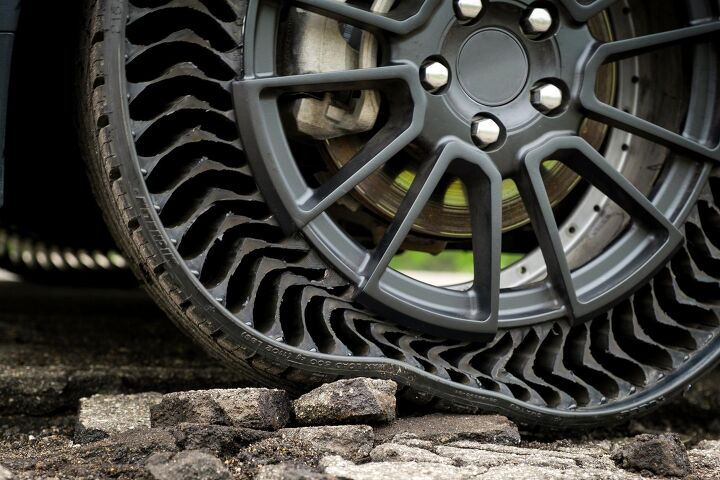

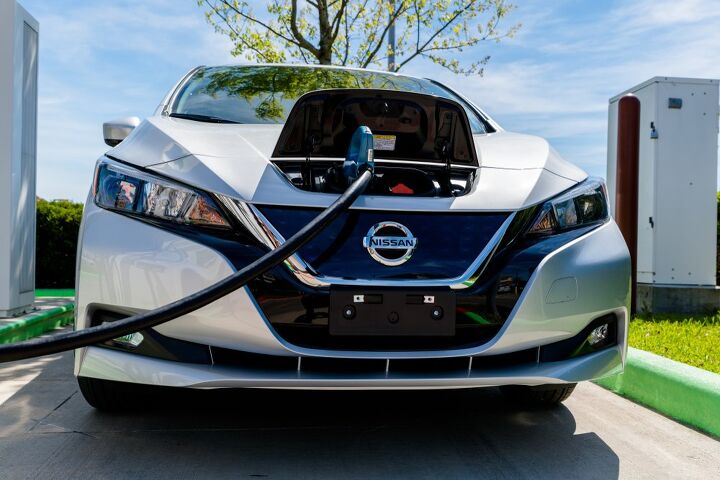
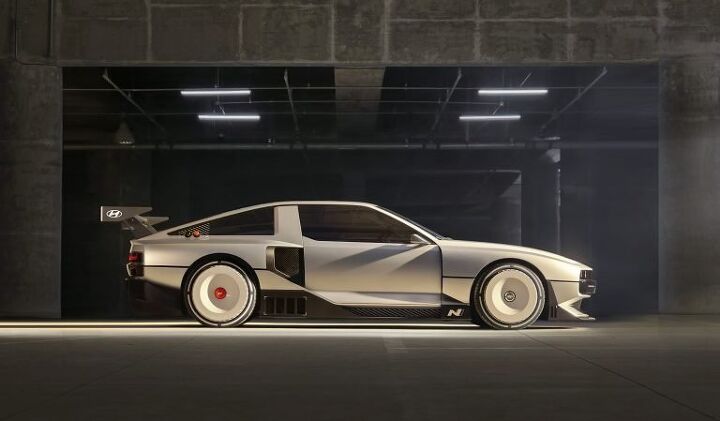

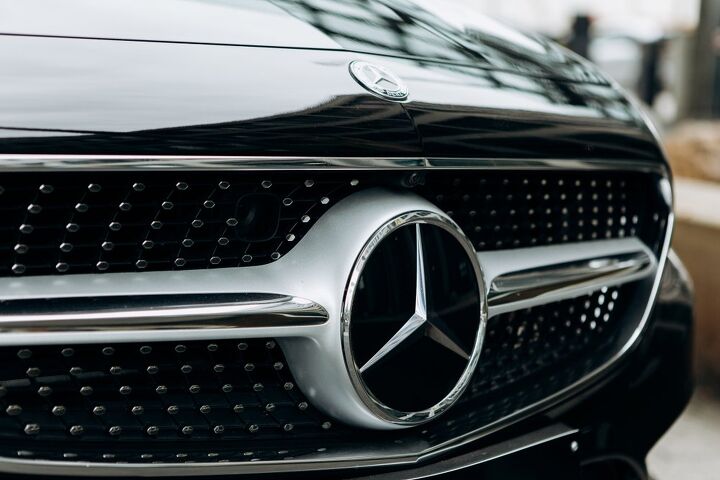

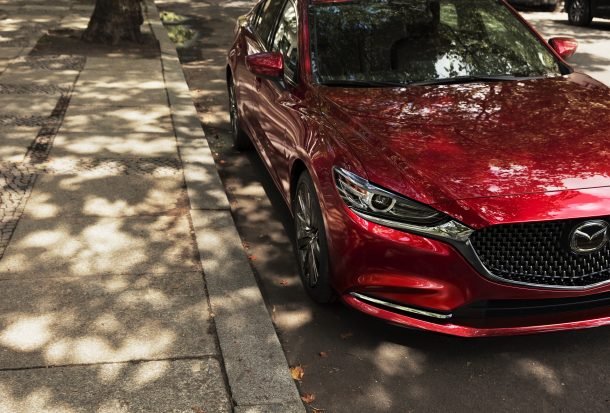












Recent Comments